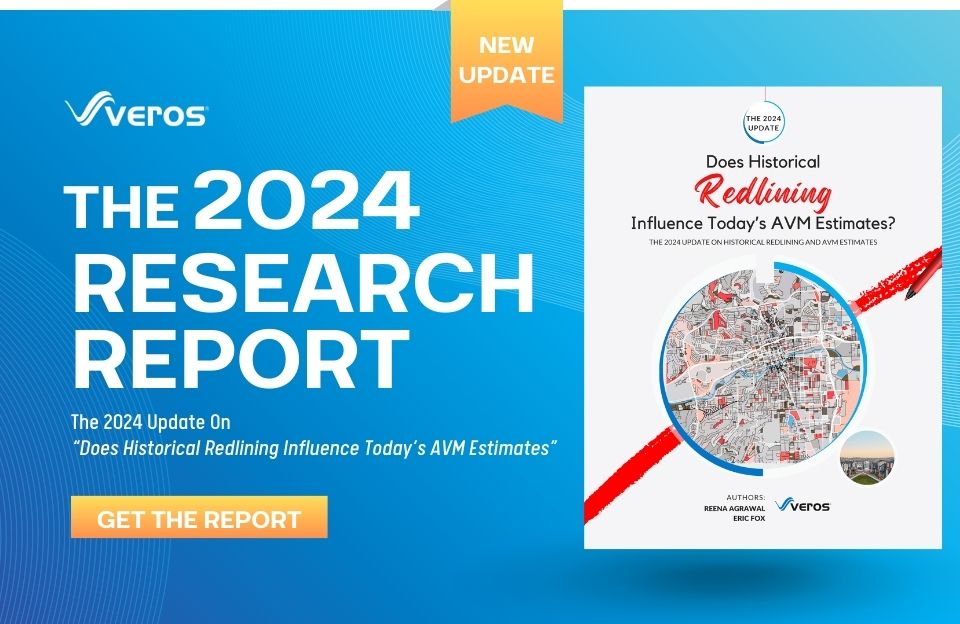Prospective homebuyers hoping for a break in 2024 continue to face a double dose of disappointment. Mortgage rates are just under the 7% mark (6.89% on July 11, 2024) according to Freddie Mac data, and continue to squeeze affordability. Meanwhile, home prices continue their rise though at a much slower pace. House prices rose in 97 of the top 100 largest metropolitan areas from Q1 2023 to Q1 2024 (FHFA).
This one-two punch of high borrowing costs and inflated home values is putting the dream of homeownership out of reach for many Americans. Early in 2024, there was optimism that mortgage rates might fall. However, persistent inflation and a robust job market kept the Federal Reserve from cutting interest rates. Many had hoped that rates would dip to the 5%-6% range – that hope never materialized. As a result, the spring season proved to be a disappointment as home buyers were not ready to bite given the high rates and prices and many home sellers remained locked into their low rate contracts.
June’s unemployment rise suggests a cooling labor market, while lower-than-expected inflation boosted the Fed’s belief inflation is on track. This combined development strengthened the Fed’s belief that inflation is heading towards their target. While a rate cut in July is unlikely, keeping borrowing costs high, the market anticipates a potential decrease by September. This means that mortgage rates, which indirectly track the federal funds rate, will likely remain elevated for most of the summer months.
The key question: will the upcoming rate reduction be significant enough to revive the housing market? While inventory is slowly rising, most homeowners (76%) are locked into rates below 5%. A small decrease likely won’t incentivize them to sell. There will of course be some motivated sellers regardless of rates. However, beyond low mortgage rates, another factor discourages movement: property taxes. In states like California, property taxes are based on the assessed value of a property, which is generally based on its fair market value at the time it was acquired (purchase date). This value can only increase by a maximum of 2% per year unless the property is sold or undergoes new construction. Selling and buying at today’s inflated prices would lead to a significant jump in property tax bills, further hindering mobility in the market.
Lower rates might entice some buyers back to the market, but affordability is unlikely to see a major boost. High home prices will remain a hurdle, and a resurgence of buyer competition with lower rates would only exacerbate the issue. Additionally, the anticipated decline in mortgage rates is likely to be modest. While inflation shows signs of softening, it may persist above the Fed’s target for some time, limiting the room for significant rate cuts.
What’s next for housing? High home prices and even a modest decrease in mortgage rates are unlikely to significantly improve affordability. Buyer competition could rise with lower rates, further pressuring prices. Inventory is slowly increasing, but most homeowners (locked into low rates) might be hesitant to sell. A potential Fed rate cut in September could incentivize some buyers to return to the market. However, the decrease is likely to be modest, and rates might stay elevated for a while.










